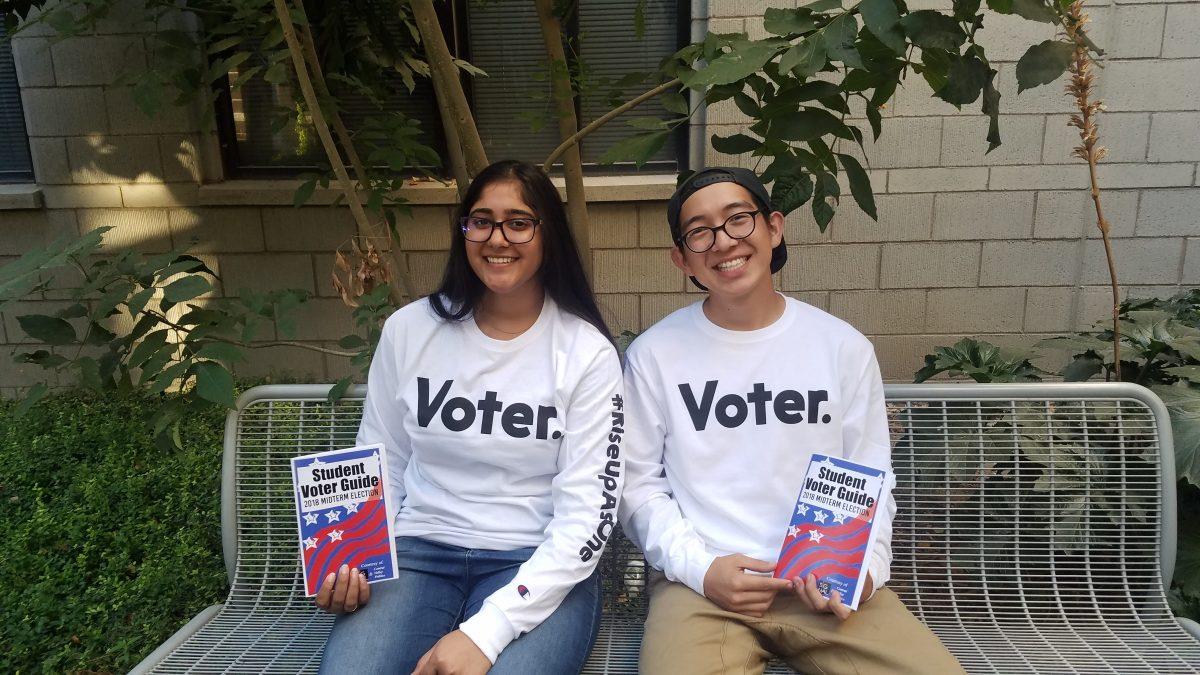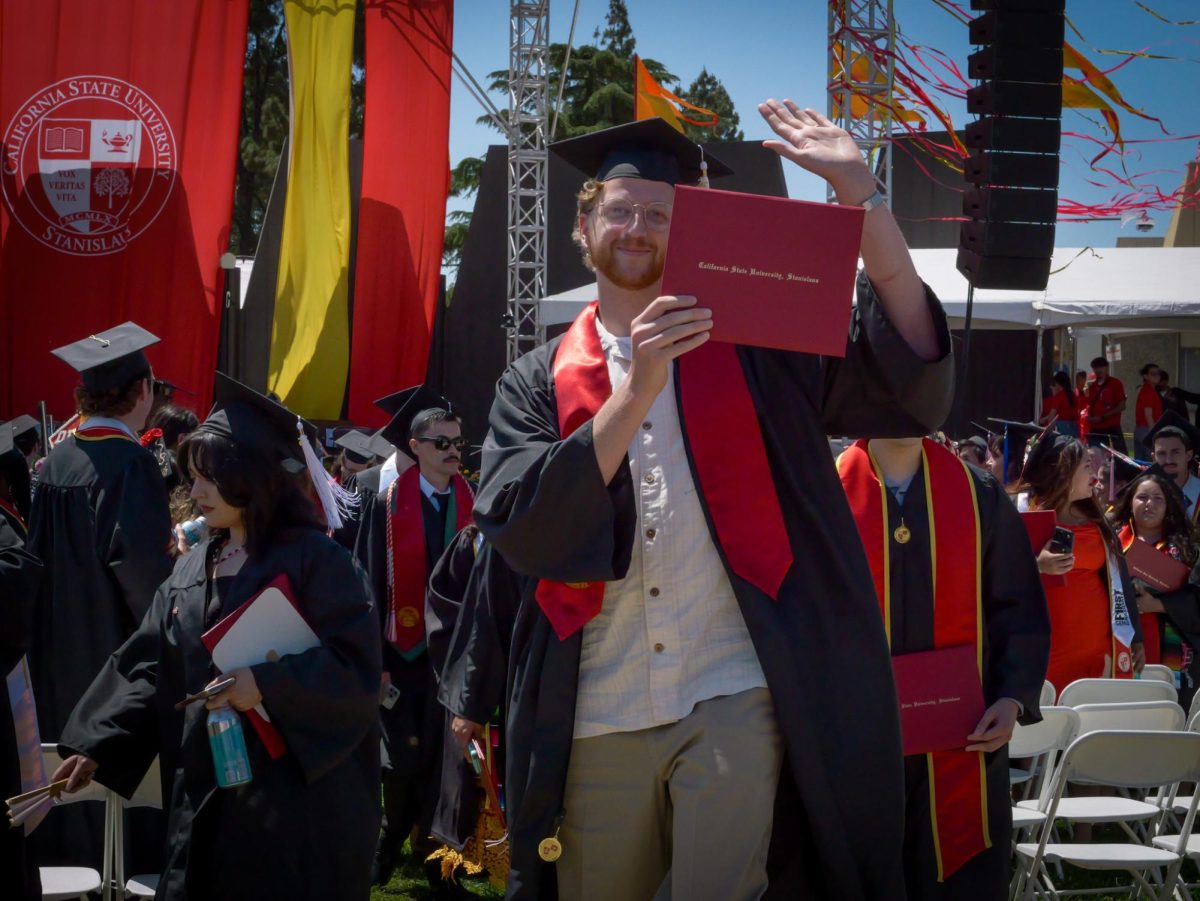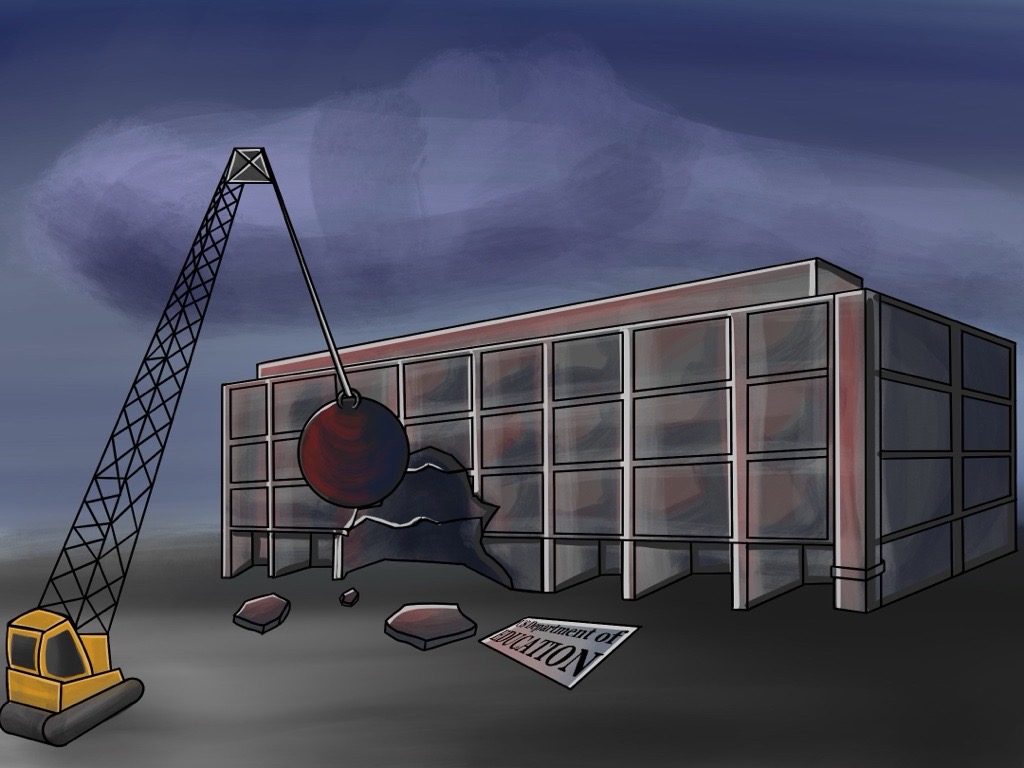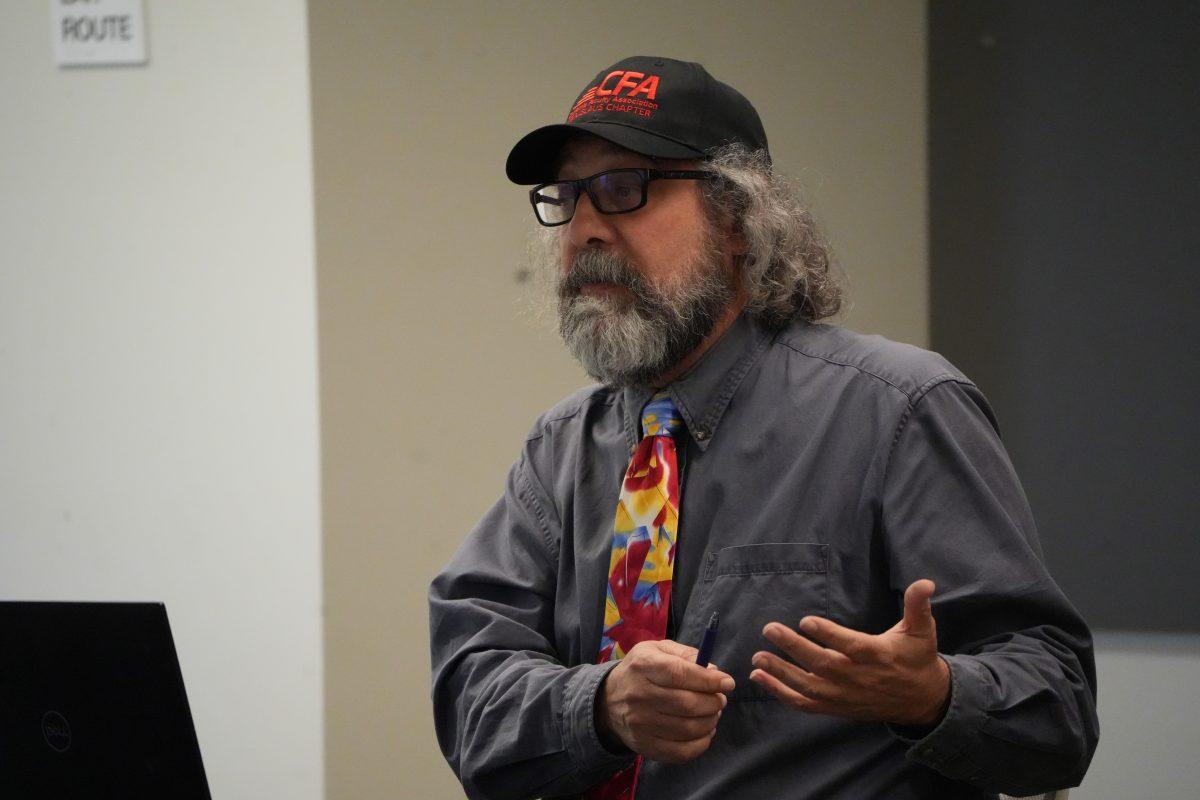Governor
California’s current Lieutenant Governor, Gavin Newsom has taken the victory as California’s newly elected Governor. Taking more than 59% of the votes, Newsom defeated John Cox who only took slightly more than 40% of votes. Newsom’s goals include protecting the environment and reforming our justice system.
Lieutenant Governor
Eleni Kounalakis took the victory for the spot of California’s Lieutenant Governor seat. Kounalakis took more than 55 percent of the votes defeating Dr. Ed Hernandez, who only was able to gather less than 45% of votes.
Attorney General
Xavier Becerra took the victory over Steven Bailey for the California Attorney General. Becerra has been re-elected after having been appointed by California Governor, Jerry Brown. Becerra took over 60% of votes while Bailey was only able to get less than 40% of votes.
California State Senate
In the race for a seat in California’s Senate, Dianne Feinstein (Democrat) beat out Kevin de Leon (Democrat) to take the seat concluding this 2018 midterm election.
Feinstein plans to use her seat to end gun violence, combat climate change and create further access to healthcare, according to the Signal’s Student Voter Guide.
House of Representatives
In the projected report, California’s seat for the House of Representatives’ 10th District position will go to Jeff Denham (Republican) over his opponent Joshua Harder (Democrat).
Denham plans to represent the Central Valley’s agricultural community, create solutions to the plight of water distribution in the state and rally to protect the rights of veterans, according to the Signal’s Student Voter Guide.
Secretary of State
In the race for California Secretary of State, Alex Padilla (Democrat), beat out Mark P. Meuser (Republican). Padilla was seeking re-election this time around, while Meuser was seeking to take on the role as the new Secretary of State.
With 79.5 percent of precincts reporting votes at the end of election night, Padilla took on more than 60 percent of the votes while Meuser took less than 33 percent.
Padilla’s goals as a re-elected candidate are to increase voter registration and increase citizen’s rights to vote.
State Superintendent of Public Instruction
In a close contest, Marshall Tuck has edged out Tony K. Thurmond for California Superintendent of Public Instruction. According to election results from the California Secretary of State, 97.2% of ballots counted show that Tuck earned with 3,035,297 total votes, which made up 50.6% of the overall votes, to Thurmond’s 2,959,292, which made up 49.4% of the overall votes.
While votes are still being counted and the race is tight, the information so far predicts that Tuck will come out as the next elected California Superintendent of Public Instruction. If his lead stands, Tuck will officially be elected to the seat.
Tuck will take over the seat from Tom Torlakson, who has served two terms as the California Superintendent of Public Instruction since 2010. Tuck previously challenged Torlakson for the seat in the 2014 elections.
Tuck will now focus his efforts toward the goals he specified in his campaign, which include protecting money for public schools and better equipping teachers for their roles as educators.
Stanislaus County Superintendent of Schools
In a close race, Scott Kuykendall was elected the next Stanislaus County School Superintendent. Kuykendall defeated Shannon Sanford, his opposition in the Nov. 6 elections.
According to election results on the Stanislaus County website, Kuykendall earned a total of 38,021 votes, which made up 54.53% of overall votes, to Sanford’s 31,299 total votes, which made up 44.89% of overall votes.
Scott Kuykendall has previously served as the Assistant Superintendent of Stanislaus County Schools under Tom Chagnon, the previous Stanislaus County School Superintendent. When Chagnon declined to run for re-election, it was apparent that a new face would be elected to the position.
Three candidates ran in hopes of filling the seat: Scott Kuykendall, Shannon Sanford, and Don Davis. Sanford and Davis were both superintendents of local school districts in Stanislaus County, with Sanford serving as the superintendent for Gratton School District and Davis serving as the superintendent for Waterford Unified School District.
In the general election on June 5, Davis was voted out of the race, leaving Kuykendall and Sandford to face each other in the midterm election. After the votes were cast and counted, Kuykendall will transition from assistant superintendent to the main superintendent of schools in Stanislaus County.
Turlock City Mayor
Concluding the 2018 midterm elections for District 10, Amy Bublak has taken the seat for Turlock City Mayor.
Bublak plans change for Turlock residents by operating transparently and putting the interest of taxpayers first, according to the Signal’s Student Voter Guide.
Turlock City Council District 1
In the race for Member City Council District 1 of Turlock, Nicole Larson took the seat.
Larson plans to preserve the values of Turlock and maintain the high quality of life by leading in a smart, safe and productive manner, according to the Signal’s Student Voter Guide.
Turlock City Council District 3
In the race for Member City Council District 3 of Turlock, Andrew Nosrati took the seat.
Nosrati plans to give back to the City of Turlock and help make Turlock the best version of itself, according to the Signal’s Student Voter Guide.
Turlock Unified School District Trustee Area 4
In the race for Turlock Unified School District Trustee Area 4, Mary Jackson took the seat.
Jackson’s top priorities will be public safety, economic development and growth, and independence and accountability, according to The Modesto Bee.
Turlock Unified School District Trustee Area 6
In the race for Turlock Unified School District Trustee Area 6, Jeffrey Cortinas took the seat.
Cortinas plans teacher salary negotiations as one of his top concerns and hopes to see an agreement made soon. He wants to make sure that the Turlock district can attract and maintain the best, according to the Signal’s Student Voter Guide.
Propositions
On Tuesday, Californians were tasked with voting on the 11 different propositions that were on the ballot. These are the results of the election.
Proposition 1: The authorization of bonds to fund specific housing assistance programs.
54.1% voted yes
45.9% voted no
Californians have accepted this proposition. This means that Californians are going to allow the state to borrow and pay $4 billion dollars in bonds with interest to fund housing assistance programs. A quarter of the bonds will go to helping veterans in purchasing housing and mobile homes.
Proposition 2: The authorization of bonds to fund existing housing assistive programs for individuals with mental illness.
61.1% voted yes
38.9% voted no
Californians have accepted this proposition. This means that the state can now use existing funds for mental health to help house homeless individuals who have a mental illness and are homeless.
Proposition 3: Authorizes bonds to fund projects for water supply.%
47.7% voted yes
52.3% voted no
Californians have rejected this proposition. This means that the state could then not sell $8.9 billion in bonds to fund the various projects and taxes would not increase.
Proposition 4: Authorizes bonds to fund children’s hospitals
60.6% voted yes
39.4% voted no
Californians have accepted this proposal. This means that the state can sell $1.5 billion in bonds to fund hospitals that would treat sick children. These bonds will cover expansions, renovation and construction for the hospitals.
Proposition 5 :Authorizes new property tax requirement changes for seniors
41.9% voted yes
58.1% voted no
Californians have rejected this proposition. This means that local governments and schools will not lose in property taxes. Also, certain homeowners over 55 who qualify can still qualify for property tax savings when moving different homes.
Proposition 6: The repeal of the gas tax
44.9 % voted yes
55.1% voted no
Californians have rejected this proposition. This means that Californians have voted to keep the gas tax that was passed in 2017. This tax is currently generating funds to pay for road, state highways and pubic transportation improvements.
Proposition 7: Allowing the change for daylight savings
59.9% voted yes
40.1% voted no
Californians have accepted this proposal. This means that legislatures can now decide what time the state will be set in, but they still need a two-thirds vote and congressional approval.
Proposition 8: Dialysis clinic charges
38.4% voted yes
61.6% voted no
Californians has rejected this proposition. This means that there would be no limitations on the prices of dialysis treatments. Dialysis clinics do not have to pay rebates.
Proposition 10: The allowing of rent control
38.3% voted yes
61.7% voted no
Californians have rejected the proposition. This means that state laws can continue to limit the kinds of control laws cities and counties have.
Proposition 11: Requiring ambulance drivers to stay on call during breaks
59.4% voted yes
40.6% voted no
Californians have accepted this proposal. This means that private sector ambulance employees are required to be on call during their work breaks.
Proposition 12: The confinement of farm animals
61% voted yes
39% voted no
Californians have accepted this proposal. This means that there will now be new specific requirements for farmers to create more space for farm animals. California businesses will now not be allowed to sell eggs, uncooked pork or veil that comes from farms that do not abide by the new space requirements.
Editor’s Note: This article will be updated as final results from the election are obtained. Last updated Nov. 8, 1 p.m.







